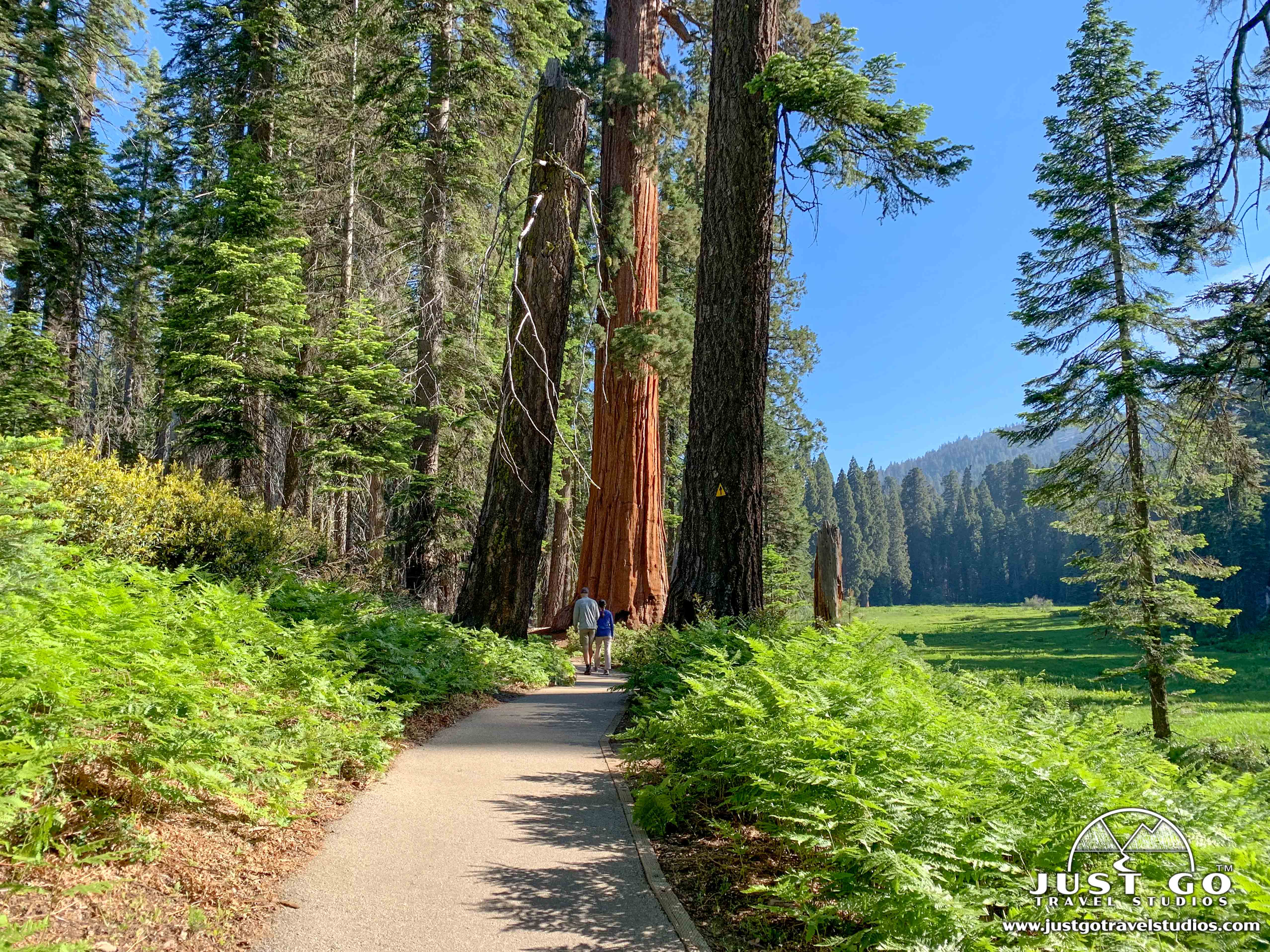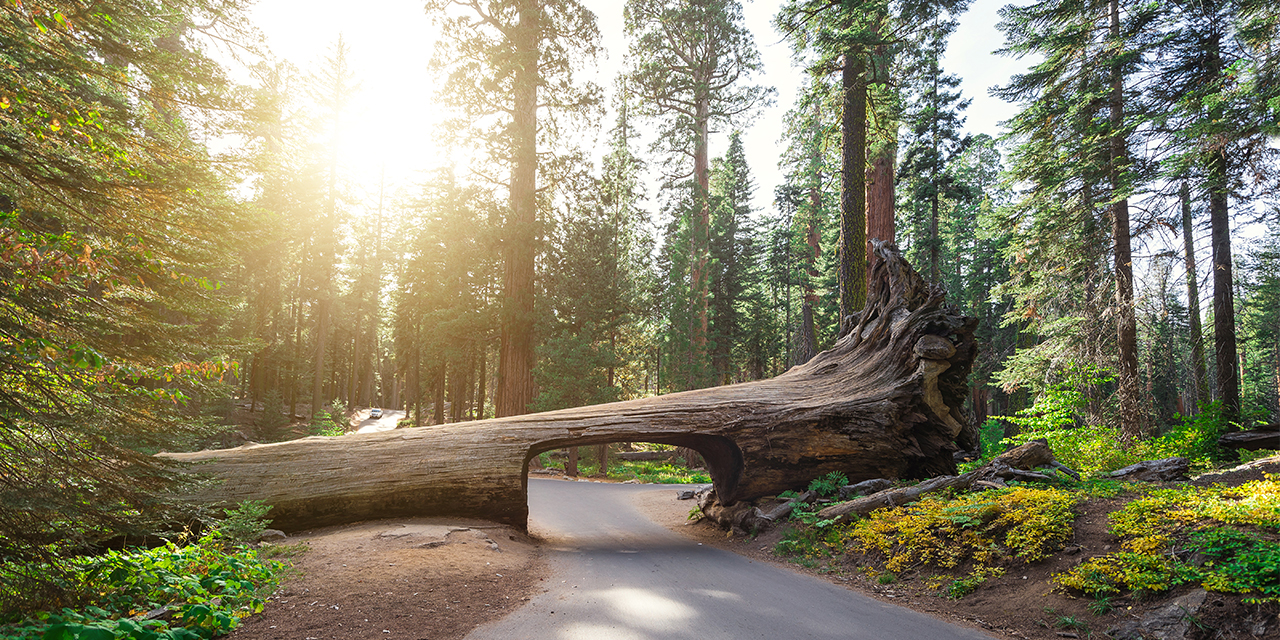Sequoia National Park Hours-- When to Visit This Iconic Destination
Sequoia National Park Hours-- When to Visit This Iconic Destination
Blog Article
Check Out the Diverse Wildlife Habitats Within Sequoia National Forest
Sequoia National Park is an ecological treasure, showcasing an outstanding array of wildlife habitats that contribute to its rich biodiversity. From the marvelous gigantic sequoia forests to the diverse towering meadows, each environment plays a crucial duty in supporting different varieties, consisting of both typical and uncommon fauna. The interplay of these environments not just fosters a distinct community however also emphasizes the value of conservation initiatives in preserving this balance. As we analyze the specific qualities of these habitats, appealing questions develop regarding the interconnectedness of life within this exceptional landscape.
Overview of Sequoia National Park
Sequoia National Park, snuggled in the southern Sierra Nevada mountain array of The golden state, is renowned for its impressive landscapes and looming huge sequoias. Established in 1890, it is just one of the oldest national forests in the USA, committed to maintaining the natural appeal and ecological honesty of this unique region. The park incorporates over 404,000 acres of varied surface, including majestic mountains, deep canyons, and lavish meadows.

Visitors can check out numerous hiking routes, varying from leisurely walks to difficult backcountry routes, each supplying an unique point of view of the park's magnificence. With its mix of natural marvels and leisure opportunities, Sequoia National forest acts as an essential haven for both wildlife and those looking for to get in touch with nature.

Significant Wild Animals Environments
The diverse landscapes of Sequoia National forest produce a mosaic of wild animals environments that support a rich selection of types. These habitats vary from lavish meadows and thick forests to rocky alpine areas and large river valleys, each supplying distinct environmental particular niches.
One noticeable environment is the gigantic sequoia forest, identified by looming trees and a rich understory, which supports various creatures, birds, and insects. The combined conifer woodlands, made up of species such as sugar pine and white fir, deal added sanctuary and food sources for wildlife.
Meadows and meadows play a vital role in the park's ecosystems, acting as crucial foraging grounds for herbivores like deer and little mammals. These open areas additionally bring in varied bird types, specifically throughout migration periods.
The park's higher altitudes include towering habitats, where problems are harsh and types are adapted to endure in such extremes (Sequoia National Park hour). Below, one can find unique flora and animals that prosper in rough, cold settings
Plants and Fauna Variety
Within the diverse communities of Sequoia National Park, an amazing like this variety of plants and fauna coexists, showcasing the complex partnerships that maintain the park's biodiversity. The park is home to over 1,300 plant varieties, consisting of the iconic huge sequoias, which are amongst the biggest and earliest trees in the world. These impressive trees provide important habitat and food sources for numerous wild animals, fostering a complex internet of ecological interactions.
Pet types in Sequoia National forest are similarly diverse, with environments ranging from lowland foothills to high towering atmospheres. Mammals such as black bears, mule deer, and bobcats thrive in this rich ecological community, while avian types, including the majestic golden eagle and the elusive spotted owl, poise the skies. Amphibians and reptiles, like the Sierra amphibian and the western rattlesnake, likewise play vital roles in maintaining ecological equilibrium.
The park's one-of-a-kind combination of altitude slopes and microclimates sustains these different species, highlighting the significance of protecting the all-natural environments that allow such an abundant tapestry of life to grow. Understanding this variety is crucial for valuing the environmental value of Sequoia National forest.
Preservation Efforts in the Park
Conservation initiatives in Sequoia National Park play an important role in guarding its one-of-a-kind ecosystems and the diverse species that inhabit them. The park uses a multifaceted method, including habitat remediation, varieties keeping track of, and intrusive species administration. These initiatives are vital for keeping the delicate equilibrium of the park's communities, which consist of large sequoias, meadows, and towering settings.
Energetic restoration jobs concentrate on restoring native plant neighborhoods and fixing up degraded environments. Sequoia National Park hour. This is particularly vital in areas affected by human task or natural disturbances such as wildfires. The park's biologists perform routine tracking of essential species, including the threatened Sierra Nevada bighorn lamb, to evaluate population health and wellness and inform monitoring approaches
Invasive species posture a significant hazard to the park's biodiversity. Via these comprehensive efforts, Sequoia National Park makes every effort to protect its rich natural heritage for future generations while making certain the strength of its diverse wildlife habitats.
Tips for Wildlife Observation
Observing wild animals in Sequoia National Park provides a distinct chance to connect with nature and value the diverse types that prosper in this remarkable habitat. To optimize your wild animals monitoring experience, think about numerous important suggestions.
First of all, strategy your go to during very early morning or late mid-day, as these times are most active for lots of pets. Bring binoculars to observe wild animals from a risk-free distance without disturbing their natural actions. Additionally, acquaint on your own with the species you wish to see; understanding their routines and habitats can improve your opportunities of finding them.
Patience is vital; wildlife monitoring commonly calls for waiting quietly and knowing your surroundings. Keep on designated routes to reduce your effect on the ecosystem and ensure your safety and security. It is likewise a good idea to maintain a respectful range from animals, staying clear of any type of activities that could stress them or disrupt their atmosphere.
Last but not least, take into consideration joining directed scenic tours led by knowledgeable park rangers. These experts can give useful understandings and boost your chances of experiencing wildlife in their all-natural settings. By adhering to these tips, you can improve your experience and add to the conservation of Sequoia's wildlife.

Verdict
Sequoia National Park offers as an essential sanctuary for varied wild animals, showcasing a remarkable variety of environments that support numerous types. Inevitably, the park's biodiversity underscores the significance of preserving such all-natural landscapes for future generations.
Please visit one of our local supporters - Wholesale Liquidation Pallet Original Jordan Shoes
Report this page